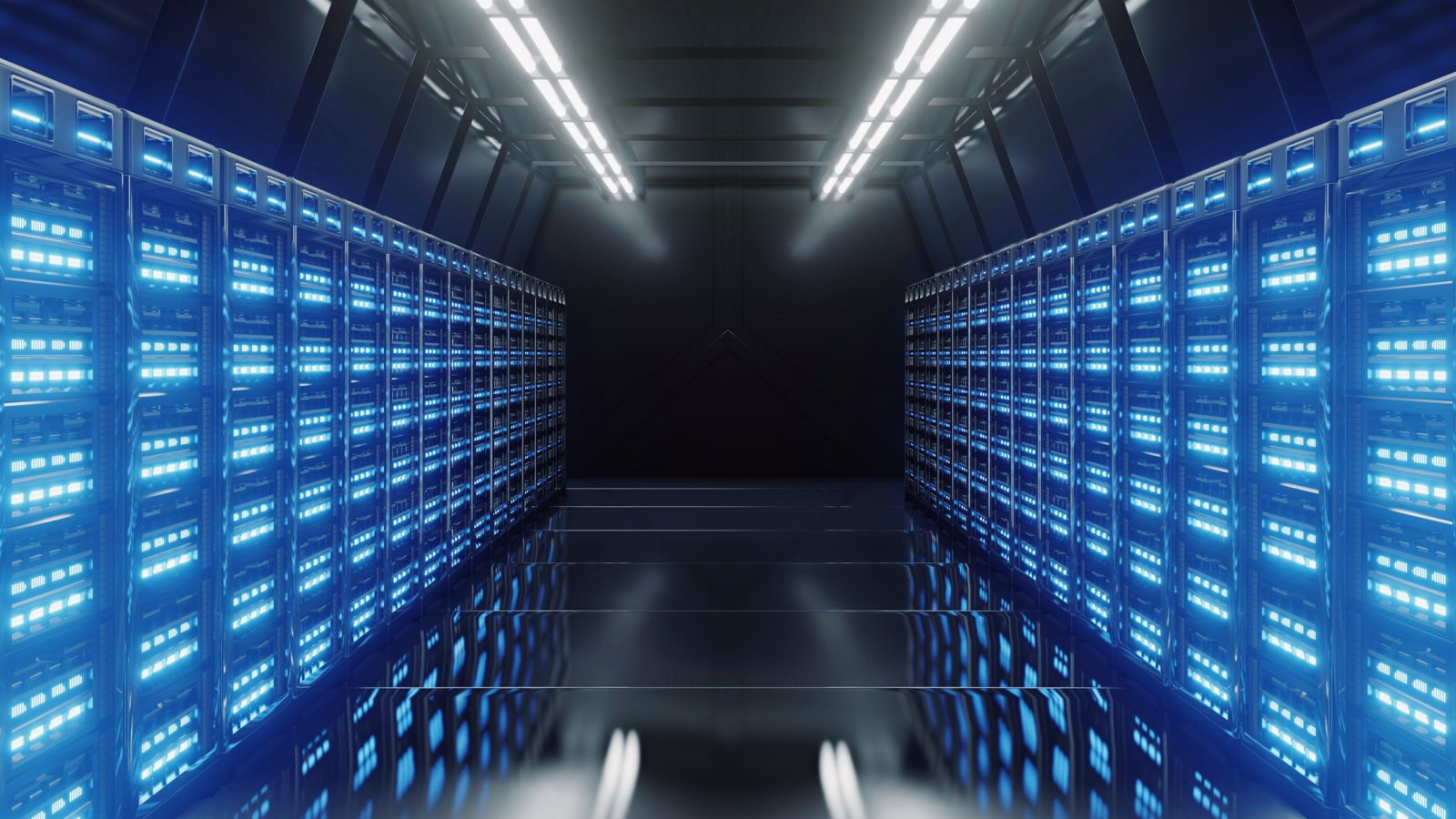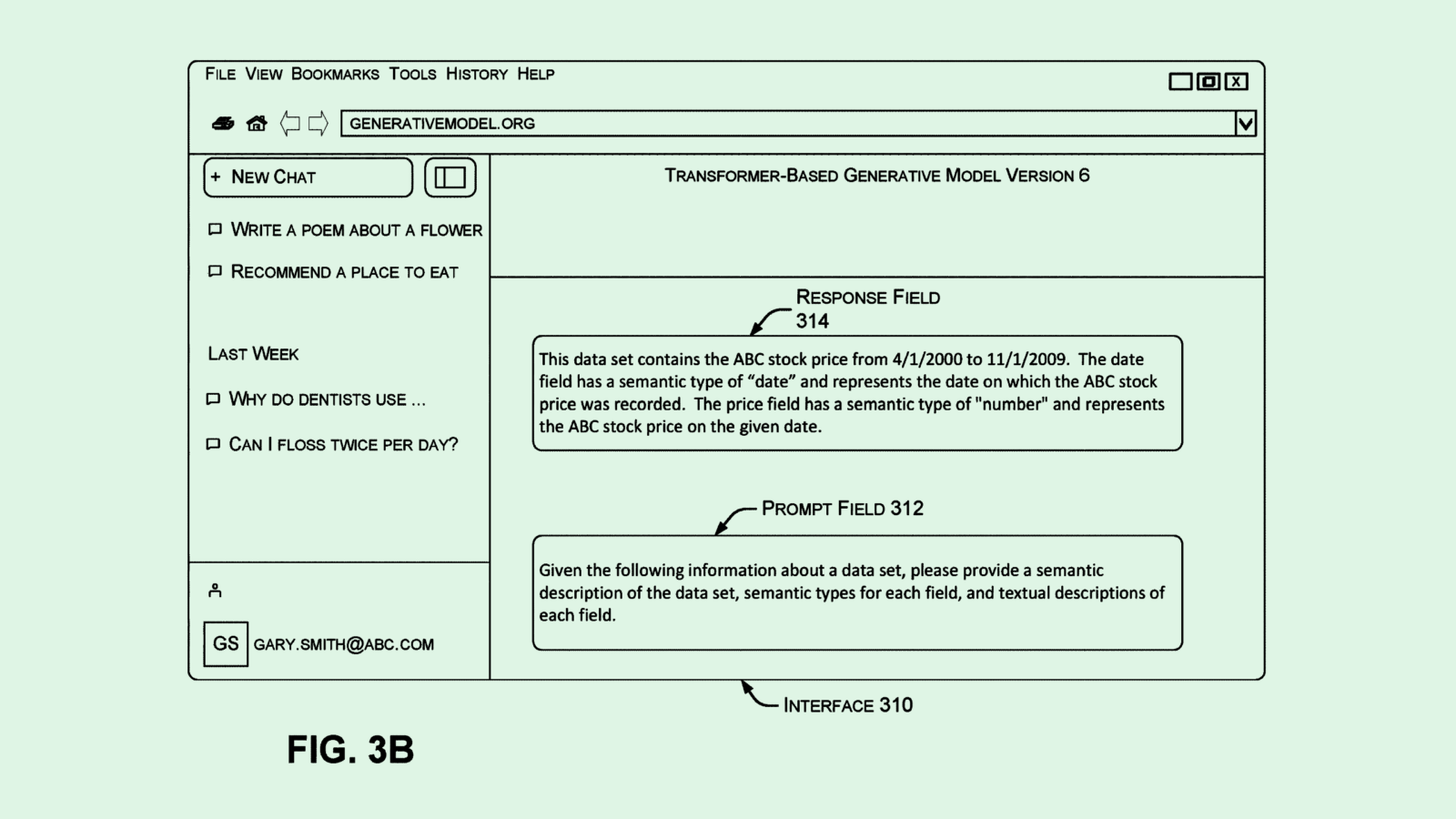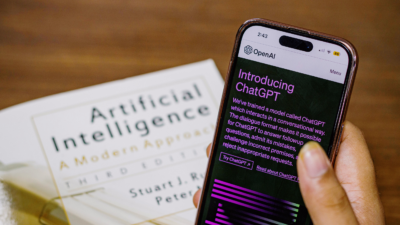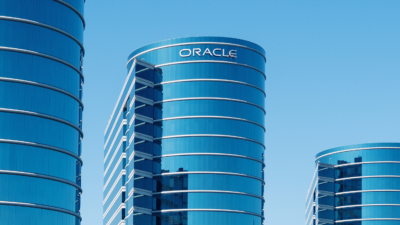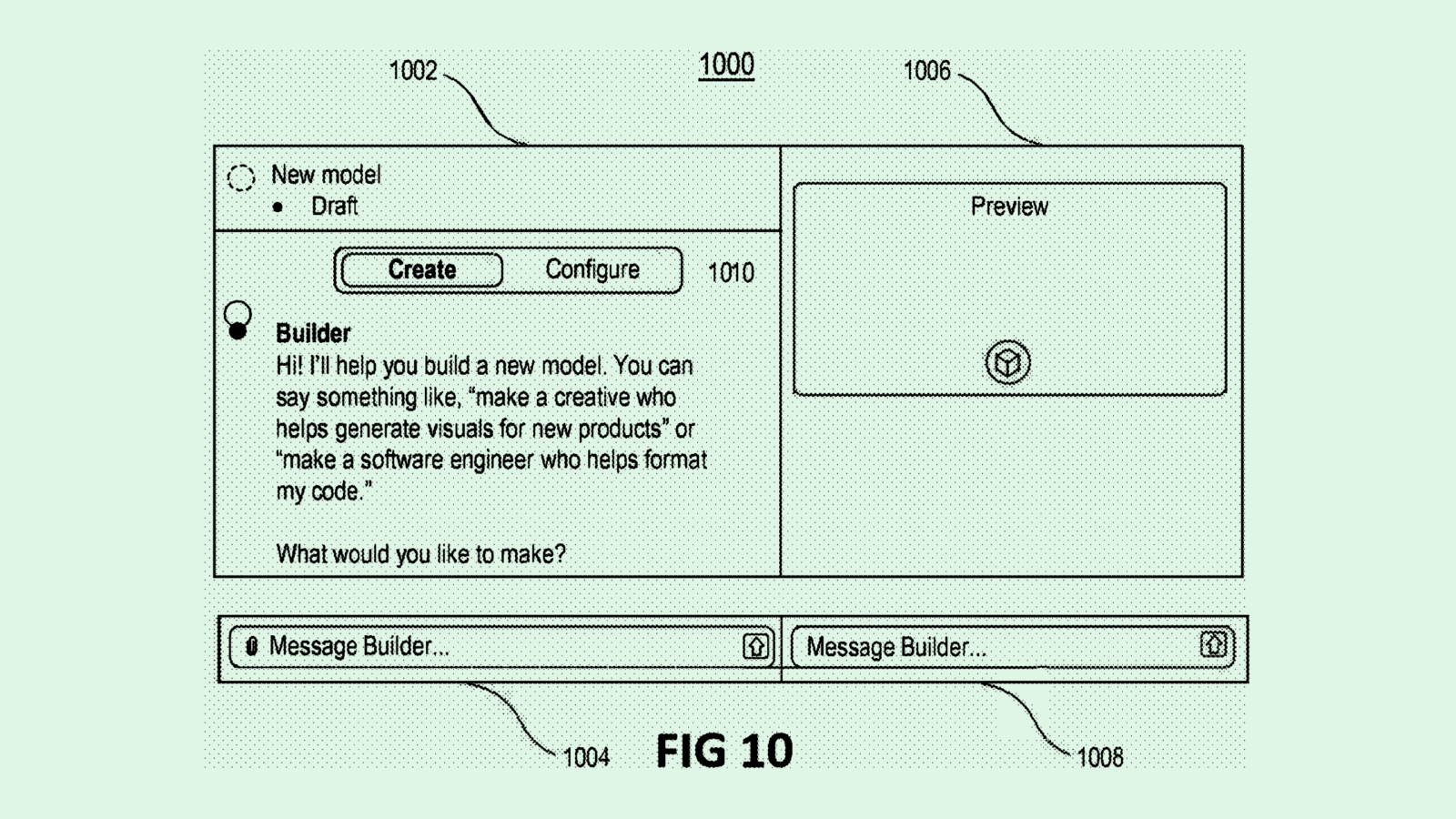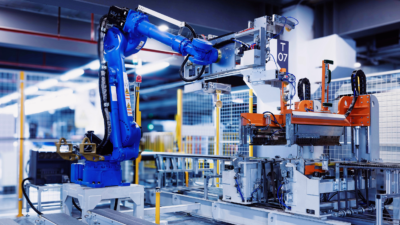Does Your Business Need a Reasoning Model?
For some tasks, less power might be good enough, an expert said.
Sign up to get cutting-edge insights and deep dives into innovation and technology trends impacting CIOs and IT leaders.
With AI growing more powerful practically by the day, tech giants are all seeking to demonstrate their models’ reasoning capabilities.
Two big tech industry names, Anthropic and Tencent, debuted new AI models last week, both with advanced reasoning capacity. Anthropic announced Claude 3.7 Sonnet, which it calls its most intelligent model to date, capable of “hybrid reasoning,” or “both an ordinary LLM and a reasoning model in one.” Tencent, meanwhile, launched the Hunyuan Turbo S, which it claims beat DeepSeek’s R1 in knowledge, math, and reasoning.
These announcements highlight an advancement that’s taken hold of the AI industry over the past year, with OpenAI and Google offering their own models capable of reasoning, or going beyond simple pattern recognition to analyze information, draw logical conclusions and make inferences.
It’s the difference between “knowing solid pieces of information rather than linguistic patterns,” said Bob Rogers, chief product and technology officer of Oii.ai and co-founder of BeeKeeper AI.
“It actually requires knowing facts … and being able to build logical structures that say ‘I know this and this, and therefore I know that,’” said Rogers. “Any kind of complex task ends up requiring some sort of reasoning component to figure out.”
So does your enterprise need a reasoning model? Rogers answered this question with a simpler one: “Does everyone in your business need to be a genius?”
- Models that are capable of reasoning are extremely powerful tools that are helpful companions when used for any high-level strategy that requires “multiple components in order to solve the problem.”
- For example, this tech could be advantageous in tasks like supply chain management, which tends to involve a lot of moving parts in getting things from point A to point B, he said. Rogers has also seen reasoning put to use in agent contexts.
But when it comes to simpler tasks, all of that power might not be necessary – and could cost far more than it’s worth. In those cases, using it would be like cutting a piece of fruit with a broadsword instead of a kitchen knife. “It doesn’t make sense to give every single query the full strength of the entire computing capability,” said Rogers. “It’s cheaper for them to serve up that result using a different model.”
And reasoning models aren’t infallible. Because they often access your business’s most critical and sensitive data to reach their conclusions, the potential security risks are heightened, said Rogers.
Figuring out which type of model to deploy within your own enterprise is about weighing the costs and benefits task by task. “There’s going to be just sort of like a sweet spot on the cost-performance curve for each thing,” he said. “There are going to be different types of reasoning, and different types of models, for different applications.”

